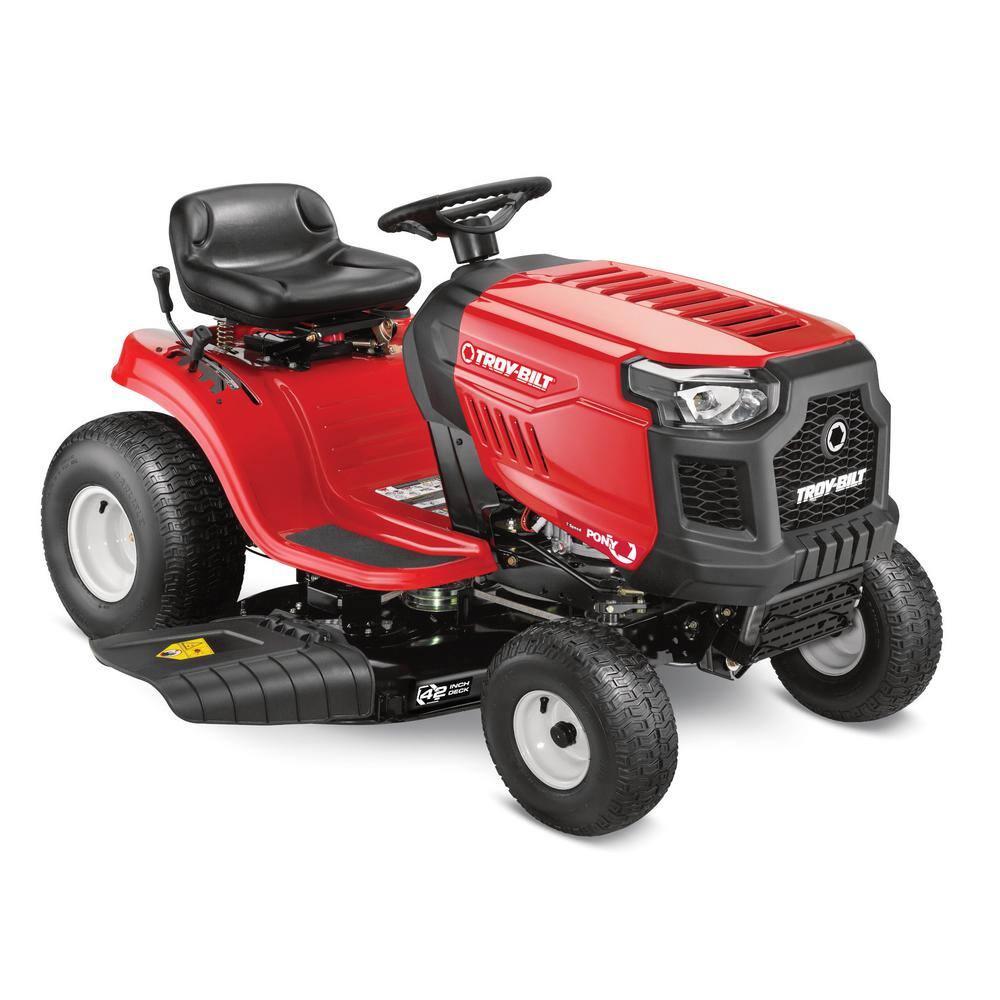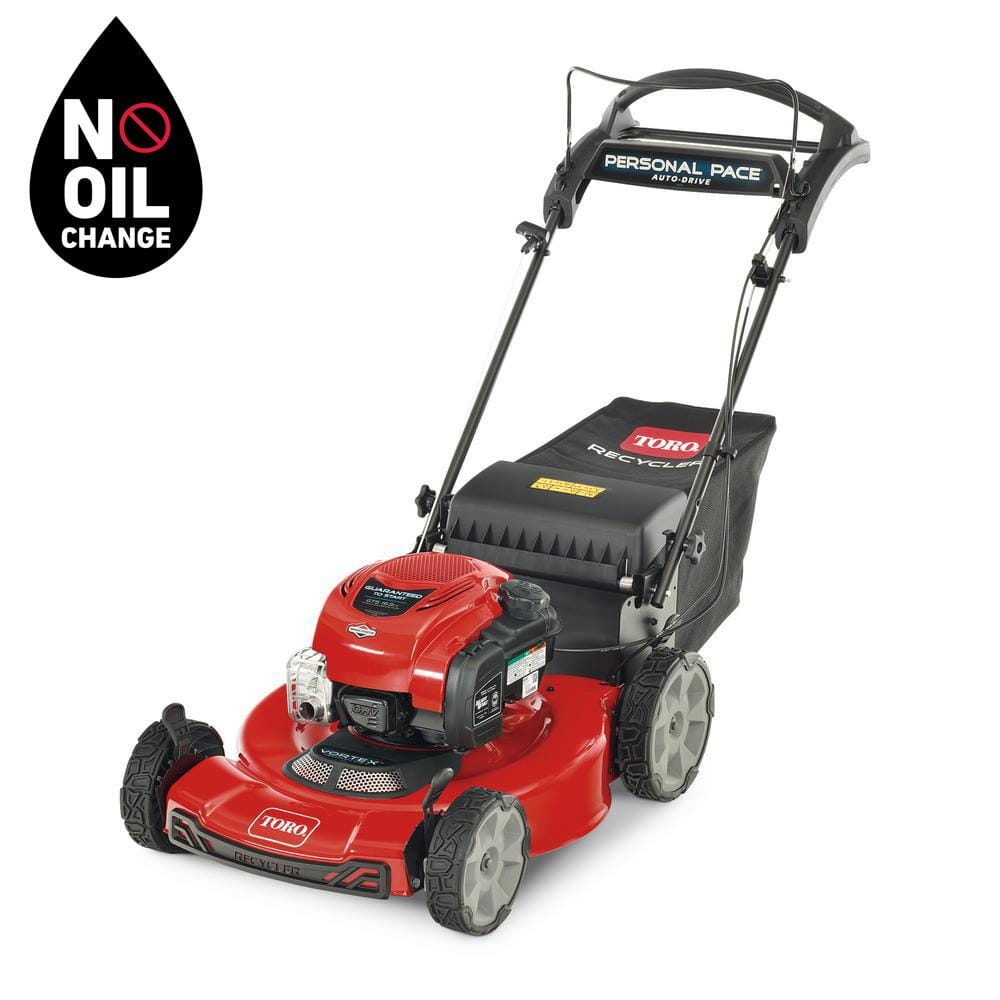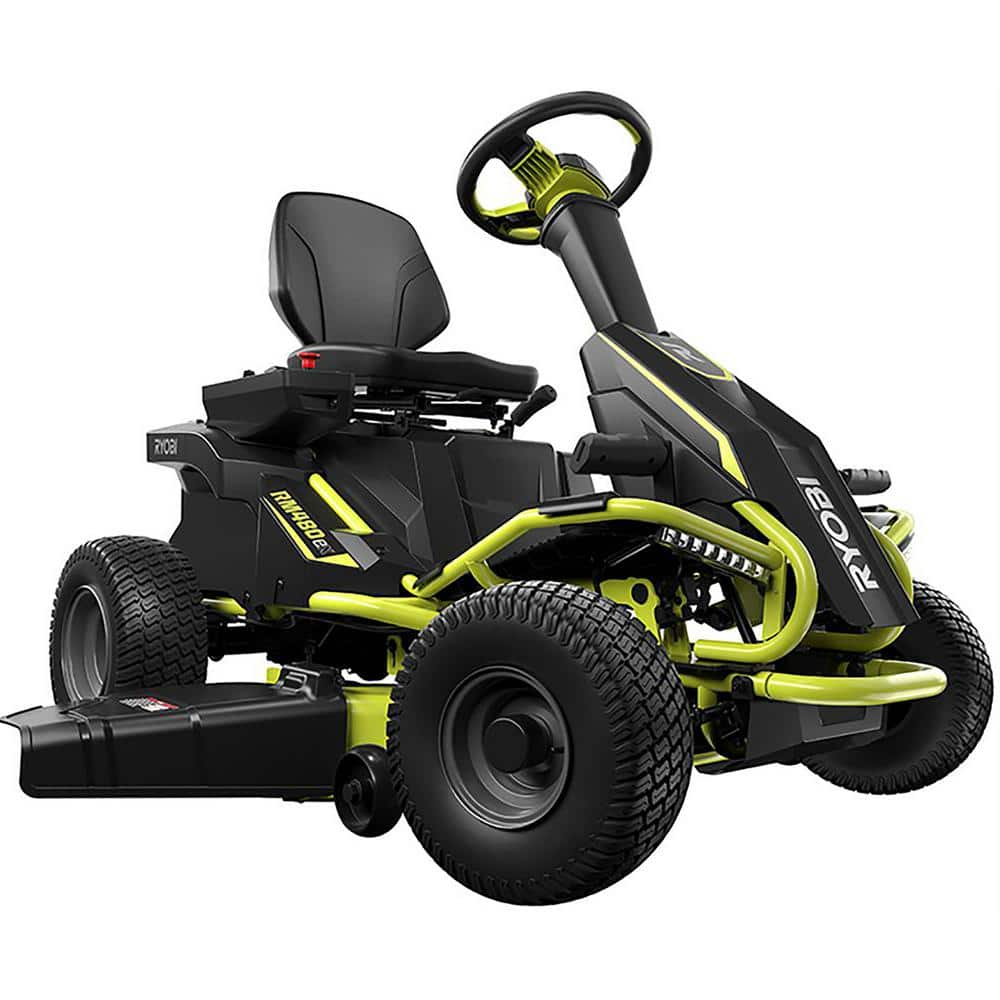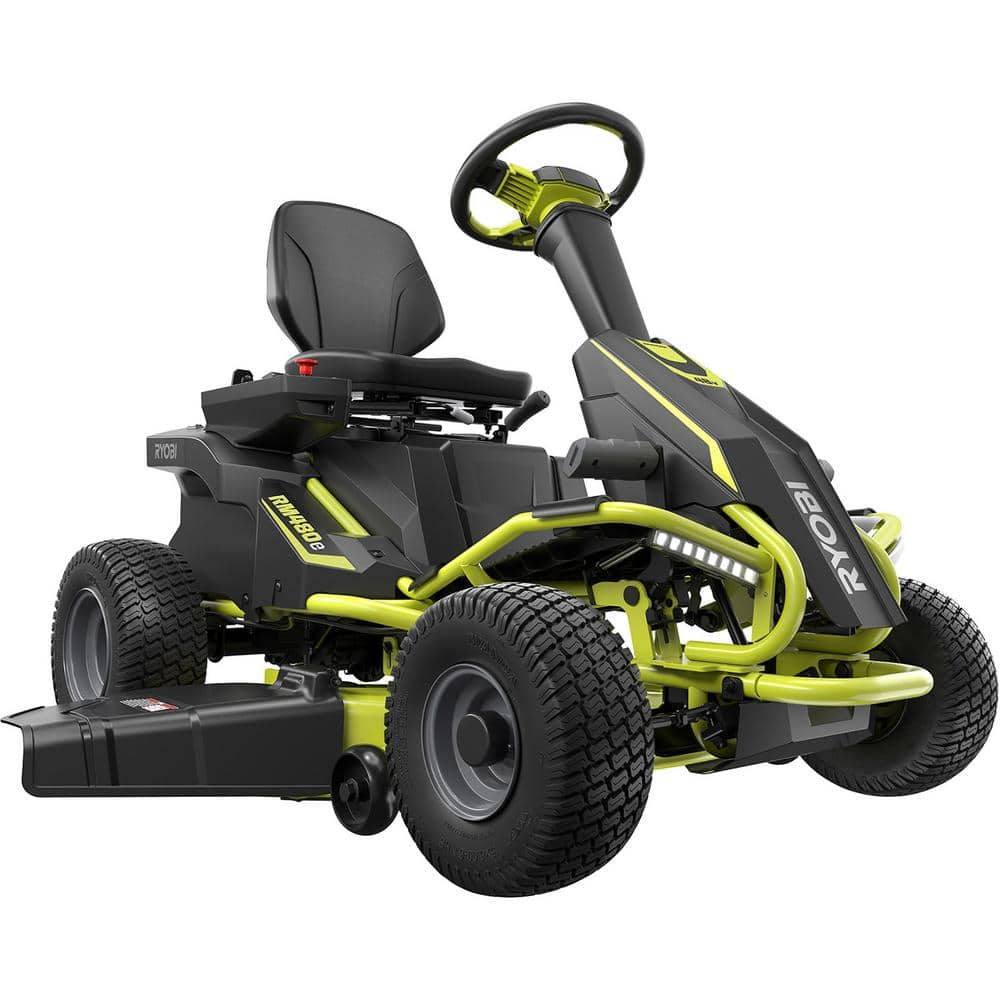Troy-Bilt Pony 42 in. 15.5 HP Briggs and Stratton Engine 7 Speed Manual Drive Gas Riding Lawn Tractor (CA Compliant)
15.5 HP 500cc single cylinder Briggs and Stratton engine. 7-speed Shift-on-the-Go transmission for easy speed adjustment. 42 in. twin blade cutting deck for lawns up to 2 acres.
Get solid, strong performance and plenty of power with the Troy-Bilt Pony 42 riding lawn tractor. The Pony lawn tractor is powered by a 15.5 HP Power Built Series (single-cylinder) OHV Briggs and Stratton engine that delivers reliable starting performance for all your mowing needs. The 7-speed Shift-on-the-Go transmission allows smooth change of speed and direction while the operator-controlled reverse mowing feature provides an alternate cutting option when you need it. Operators can easily get on and off the mower with the StepThru frame design made of fully-welded, 13-Gauge steel. Automatic headlights provide increased visibility and added safety at any time of day or night.
- For questions about service and repair, please call the Troy-Bilt customer service line (800)-828-5500, or reference the Service & Repair Document
- 7-speed shift-on-the-go transmission for smooth change of speed and direction and operator-controlled reverse mowing
- 42 in. twin-blade, side discharge deck cuts quickly and cleanly, 5-position deck height adjustment
- 13-Gauge fully-welded step-thru frame with cup holder is easy to get on and off
- 18 in. turn radius allows you to mow in tighter spaces and navigate around obstacles, trim close to trees and other landscaping features in confidence
- Comfortable low-back seat
- Increased visibility with automatic headlights
- Bagging capability allows you to collect grass clippings and the mulching capability allows you to return nutrients to the soil for a healthier lawn (rear bagger and mulch kit sold separately)
- Optional accessories include baggers, mulch kits, carts and many other attachments (sold separately)
- 2-year limited warranty
- Troy-Bilt Pony 42 CA comes fully crated and requires some assembly upon arrival
Additional information
| Assembled Depth x Height x Width (in.) | 66 x 43 x 54 |
|---|---|
| Cutting Width (in.) | 42 |
| Front Wheel Size (in.) | 15 |
| Mower Deck Width (in.) | 42 |
| Rear Wheel Size (in.) | 20 |
| Turning Radius (in.) | 18 |
| Certifications and Listings | No Certifications or Listings |
| Manufacturer Warranty | 2-year limited warranty |






by Ruva
A little slow compared to my Husqvarna Riding Lawn Mower other than that its good.
by Charles
Really like my Troy-Bilt Pony 42 except one thing when i went to put on the seat two of the bolt was not there the seat is hold on one bolt that not good thing.
by Lesley
Drained a brand new battery in 2 weeks right after receiving the mower for no apparent reason that we can find. Other than that, it’s great. Now we unhook the battery completely between mows and we have no troubles.
by Tom
Great product and customer service. Received in a very timely manner.
by Terri
Very happy with mower. Just the right size for my yard. So much easier than the push mower since the yard seemed to keep getting bigger every time I mowed.